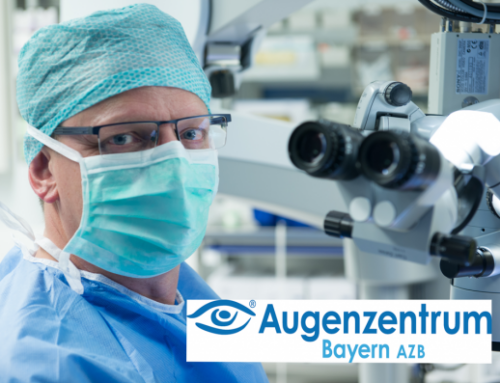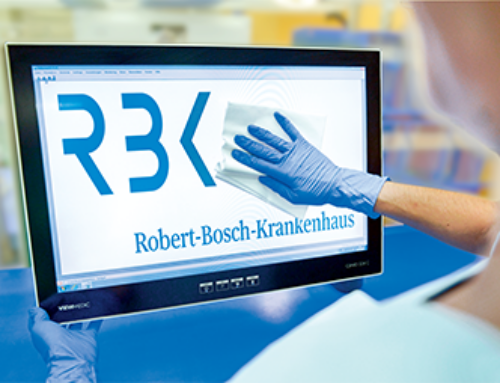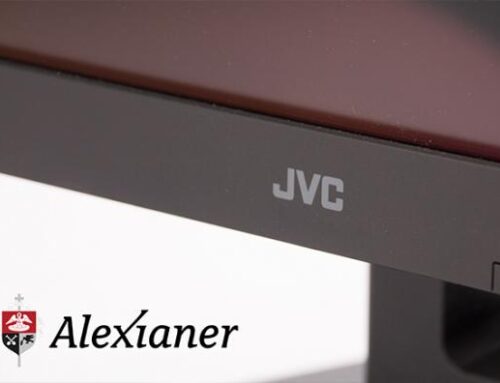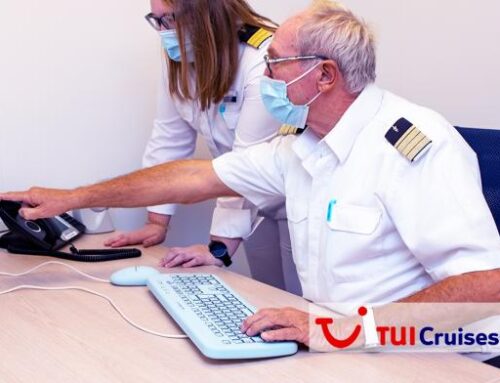St. Augustinus Gelsenkirchen GmbH
St. Augustinus Gelsenkirchen GmbH gradually modernizes monitor solution with JVCKENWOOD
Einsatzgebiet
Modernization, Radiology
Priv.-Doz. Dr. med Uwe Keske,
Chief Physician of Radiology and Nuclear Medicine there
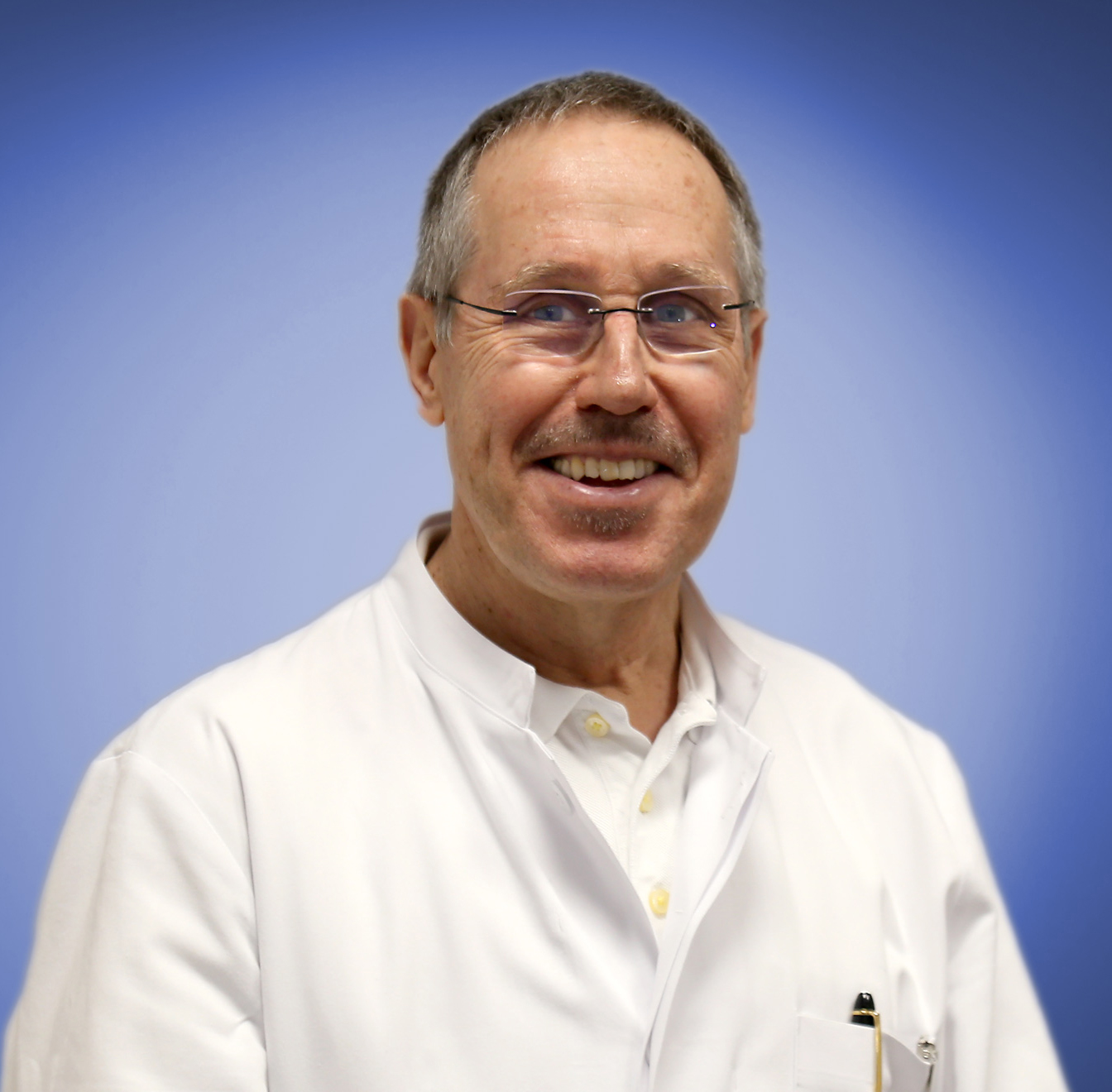
Into the future with color
St. Augustinus Gelsenkirchen GmbH, which includes four hospitals at six locations, has started the digitization of its facilities with the introduction of an image data management system (PACS). “At Marienhospital Gelsenkirchen this was in 2004, at St. Marien-Hospital Buer in 2006,” says Priv.-Doz. Dr. med Uwe Keske, Head Physician of Radiology and Nuclear Medicine there, looks back. Together with the PACS, a comprehensive display solution was also procured. “At the time, we had several companies in house for product presentations and finally decided on Totoku, now JVCKENWOOD,” says Dr. Keske. “Two points in particular spoke in favor of the monitors: the image quality and the durability – and this has proven true to this day.”
Just as Totoku has continued to develop its monitors, Marienhospital Gelsenkirchen and Sankt Marien-Hospital Buer have also continued to develop – and their requirements have continued to increase. That’s why the displays there have been renewed time and again. “We have observed the development closely and seen the leaps in quality. Today, a few monitors that are heavily used are in their third generation, but the vast majority are still in their second generation,” says the head physician. “They are extremely durable devices that offer consistently high quality. And as we can only spend money once at the hospital, I’m happy if we can use the existing monitors for as long as possible and rarely have to replace them.” In both facilities, the images of all digital modalities are analyzed and viewed on the Totoku displays.
Primarily sectional image diagnosis
The radiologists at Marienhospital work with two computer tomographs, a magnetic resonance tomograph, digital subtraction angiography (DSA), fluoroscopy, conventional X-rays, ultrasound and nuclear medicine. The hospital has 562 beds and treats around 26,000 inpatients and 22,000 outpatients every year. The Sankt Marien-Hospital has a CT, an MRI, a DSA, a fluoroscopy as well as X-ray, ultrasound and nuclear medicine. With 379 beds, around 10,000 patients are treated here, both as inpatients and outpatients.
A total of 14 radiologists look after the well-being of patients: ten at Marienhospital and four at St. Marien-Hospital. Together, they perform around 72,000 X-ray examinations on almost 40,000 patients every year.
“We have a high proportion of cross-sectional imaging in both hospitals, including quite a lot of special images such as cardio-CT and cardio-MRI examinations. These two vascular imaging procedures have high surgical requirements, for which we need good monitor diagnostics.”
Good preparation is everything
Before St. Augustinus Gelsenkirchen GmbH digitized its radiology department, those responsible visited several clinics to find out how best to approach this project. “With these findings and the support of our partners, we managed the process so smoothly that we had a very high level of user acceptance for PACS and monitors right from the start,” says Dr. Keske, looking back with satisfaction. This is despite the fact that the experience with a pair of monitors for the imaging plate system was rather unpleasant. “The system helped us get started in the digital world, which was also very helpful later on. However, the monitors gave up the ghost quite quickly. That was much, much less performance than we are used to from the Totoku solution today. In the meantime, we now also take CR images on these displays as a matter of course,” says the head radiologist.
Ten workstations with two monitors each are operated in the Marienhospital Gelsenkirchen, four workstations in the Sankt Marien-Hospital and additional workstations in the intensive care unit and in the surgical outpatient clinic. Apart from the two 5-megapixel displays for mammography, they are all 2- or 3-megapixel devices. The feedback from radiologists is consistently positive, with Dr. Keske particularly emphasizing the image quality and durability.
Quality assured, even at home
The basis for a long monitor life is laid by the users themselves, namely through regular consistency and quality checks. For the daily examination, a window opens on the monitor in the morning and guides the radiologist step by step through the process. “I think the practiced procedure with test image and short input is very good. However, I would like to see a few fewer clicks,” concludes Dr. Keske. However, the procedure is specified by DIN 6868-157.
The equipment-based constancy test for all monitors is carried out to a small extent by the users themselves or by medical technology, but the vast majority of monitors, especially the latest generation, have integrated sensors and carry out the measurements independently.
Marienhospital Gelsenkirchen has set up a total of five home workstations with diagnostic monitors for teleradiology for its senior physicians. They support radiology residents or clinicians with specific questions, but can also accompany specific examinations. St. Augustinus Gelsenkirchen GmbH has opted for a single monitor that simulates two screens side by side.
A strong partner – also for the future
The cooperation with Reinmedical – first a sales partner, now a subsidiary of JVCKENWOOD – has proved its worth in this project, as it has since the start of the project. “The employees are extremely reliable and work very professionally,” praises Dr. Keske. “Even if we only have e-mail or telephone contact for a long time, our systems are well looked after. Rein Medical meets all my requirements.”
In the near future, the head diologist would like to fulfill his staff’s and his own urgent wish for the widespread introduction of color monitors from JVCKENWOOD. The requirements are constantly increasing and multimodal imaging is also becoming more and more important in Gelsenkirchen. Color displays are essential for reliable diagnostics.
He would also like to procure more modern, large workstations with a very high spatial resolution. The blueprint is provided by a CT workstation at St. Mary’s Hospital. “That’s where the future lies for me: working without a bridge between the left and right monitor and thus having more space available for displaying the images, for example for magnifying individual details,” says Priv.-Doz. Dr. Uwe Keske. “This gives us a whole new level of freedom in our diagnostic work. Especially when I think of our multi-modality workstation, the landscape format, as opposed to the portrait format, would help us a lot,” says the Head of Radiology and Nuclear Medicine.
